IHE Catalyst provides IHE International's answer to support Continuum Testing
With its long experience in interoperability test management, IHE Catalyst offers a wide range of interoperability support services to enable evolutionary processes in healthcare, providing clear guidance to all system stakeholders

Testing Continuum and IHE Catalyst's Role
The testing continuum refers to the spectrum or range of testing processes and practices, typically ranging from the initial testing phases to more advanced or comprehensive testing procedures, often comprising various development, implementation and evaluation phases. The IHE testing continuum system is an ecosystem of diverse and complementary tests and events that support the product lifecycle, from the birth of technical requirements, to the identification of interoperability specifications, to the procurement and implementation phase, up to in-house and pre-production testing, to support the final phase of actual production.
Catalyst defines a clear roadmap and test path to ensure interoperability and accelerate the process on a large scale. Confidence about rigor testing, quality control testing supporting and enabling the value of the Testing Continuum system, provides the backbone for QUALITY in products and implementations.

Support and Impact on Standards
Catalyst supports vendors and users in developing use cases, facilitates the recruitment of testing partners, organizes meetings and events, and ensures timely global feedback into the standards development process. This feedback informs and updates organizational roadmaps, drives strategic decisions, and efficiently allocates resources to accelerate the development of standards-based information exchange.
Specifically, IHE Catalyst supports IHE members, national/regional authorities, local projects, or any other organizations that deploy IHE profiles for their e-health projects. Strategically enables Connectathon renewal and Projectathon execution, emphasizing the importance of incorporating project outcomes into relevant technical committees. This approach ensures real-world relevance and addresses political and governance aspects.

